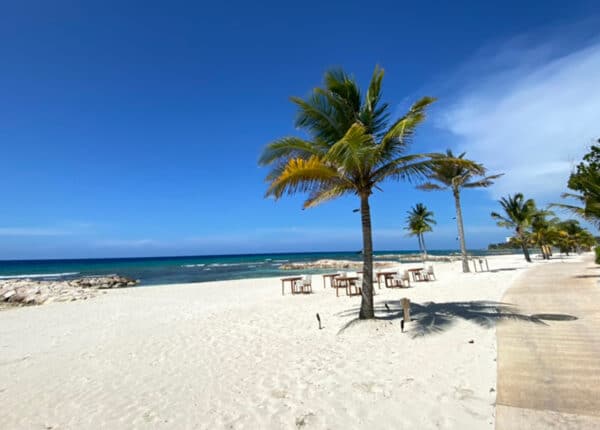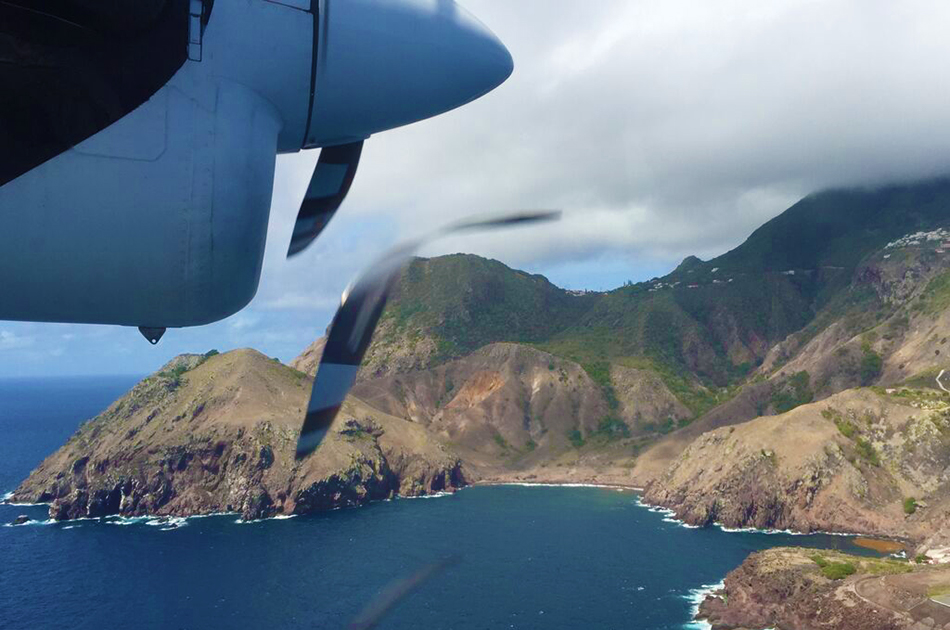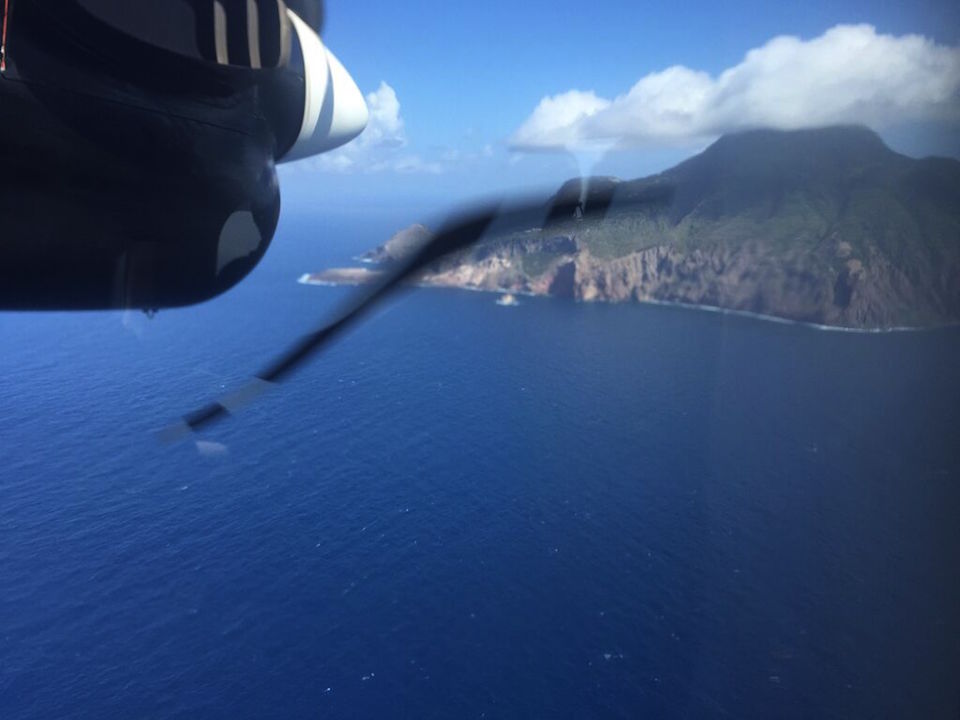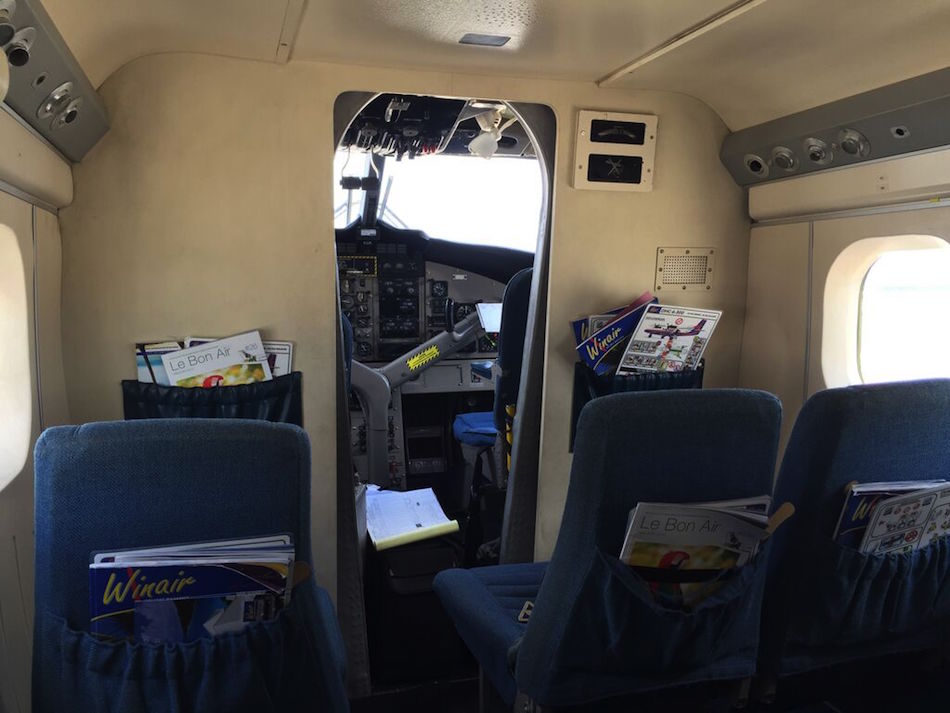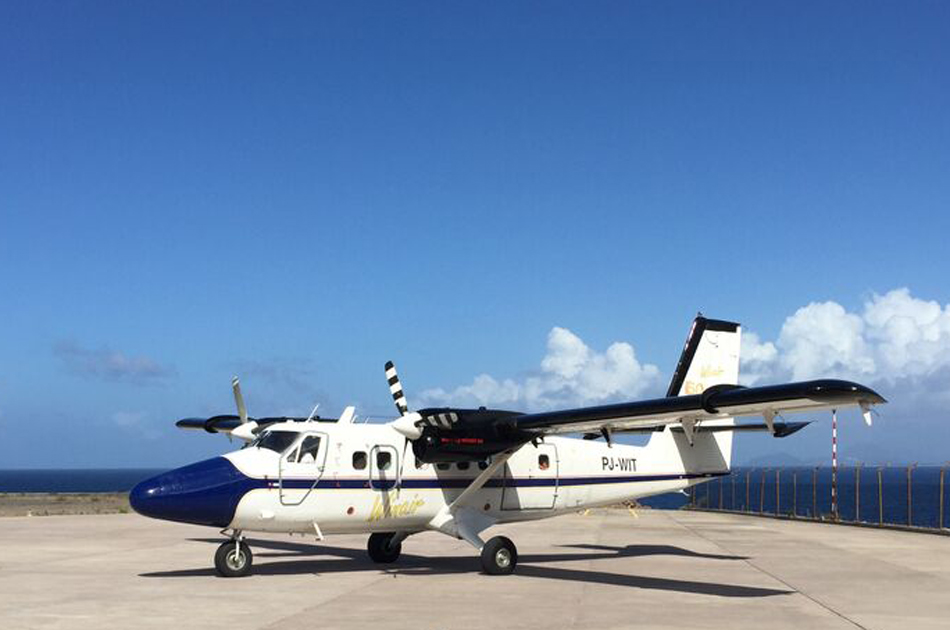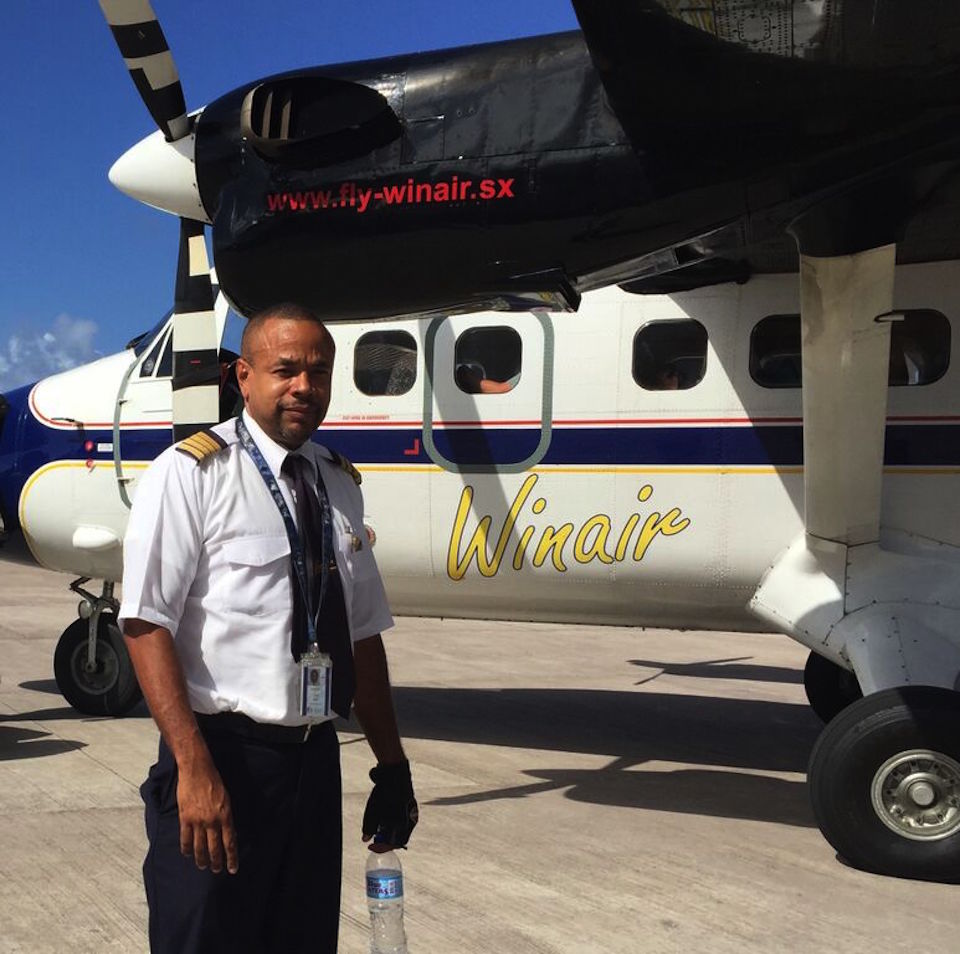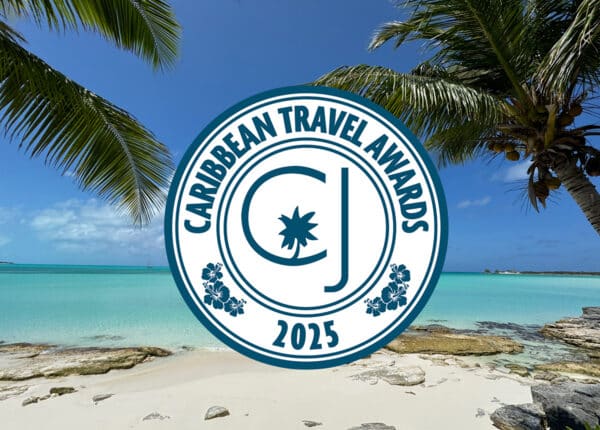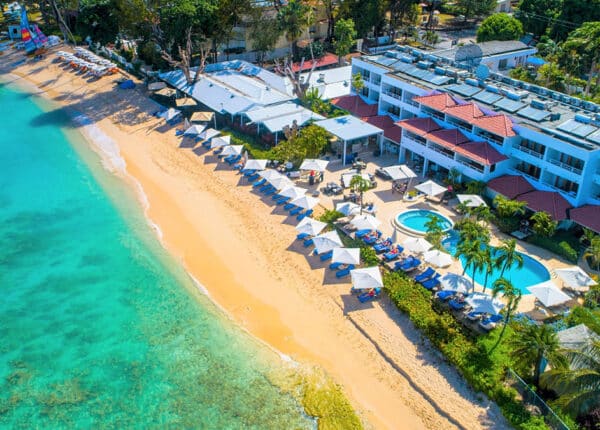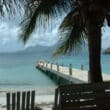Landing on the world’s shortest commercial runway
By Sarah Greaves-Gabbadon
CJ Travel Editor
“It’s gonna be rough!” the Winair clerk warns me when I tell him that this will be my first time flying into Saba.
I’ve just arrived from Miami to St Maarten, and am about to hop the 12-minute flight to Saba. It’s a little-known Dutch-Caribbean island only 20 miles away that clocks in at about five square-miles and boasts a population of a whopping 2,000 people.
I’m hoping to make it 2,001 but first I have to get there safely. Saba’s claim to fame, however, is having the world’s shortest commercial runway, so it might not be as easy as it sounds.
At around 985 feet long the airstrip here requires experienced pilots with steady hands and sharp eyes to negotiate a safe landing for our 16-seat Twin Otter. But as I sit upright and locked in 3B, fanning myself furiously with the complimentary cardboard fan (“I’m a Winair Fan!” it proclaims) and a film of sweat glistens on my forearms (it’s the heat, I swear!), I can’t help but imagine that it also requires divine intervention.
“Sit back, relax, and enjoy the flight,” our captain Nigel Morton, encourages.
Relax? Ha! I’m not usually a nervous flyer but given the complexity of the feat in front of us, it seems foolish not to be concerned.
At 3:04pm the engines roar as we barrel down the SXM runway and soar into the sky. St Maarten’s coast looks like a Caribbean postcard from this height, all curving white beaches and variegated blue seas.
Three minutes later we’ve left it behind us and hover over open water, calm and cobalt and streaked with bronzed skeins of Sargassum algae. My fellow passengers are either buried in magazines or resting their heads against the window and catching a nap. But I couldn’t even dream (ha!) of sleeping. I’m convinced that we need acute attention and positive thoughts to keep us in the air. Then, literally out of nowhere, a rainbow appears, its Technicolor arc dissecting the window. It’s a good sign, I think – at least until it disappears as quickly as it came.
By now, only 11 minutes after we boarded, we’re on final approach into Saba and the volcanic island’s rugged cliffs and jagged coast quickly rise up to meet us. I crane my neck into the aisle to see between the pilot’s shoulders and glimpse the runway where we’ll make our triumphant landing – or not. But I’m too short to see past the control panel so I make do with the view from my window seat as the scrub-bordered runway comes into view.
Then, touchdown! We stick our landing on the tarmac and the plane’s propellers slow down as we make a graceful right turn just before the airstrip meets the sea. We glide to a smooth stop in front of a tiny green-and-white terminal building. Welcome to J. E. Irasquin International Airport!
“Not a bad effort for my first day, eh?” jokes Captain Morton afterward. He’s been flying this route for six years and trains other Winair pilots to do the same. (Currently Winair is the only airline allowed to land on Saba.)
He tells me that you have to have achieved the rank of captain and that once a pilot’s training is complete they must land here at least three times every 30 days to maintain their certification. And if they lapse, they have to train all over again from the beginning, no matter how many times they’ve landed here in the past.
And, for once, I’m thankful for bureacracy.
And for the stellar flying (and landing!) skills of Captain Nigel Morton.
